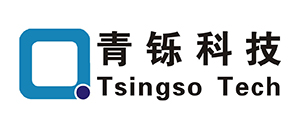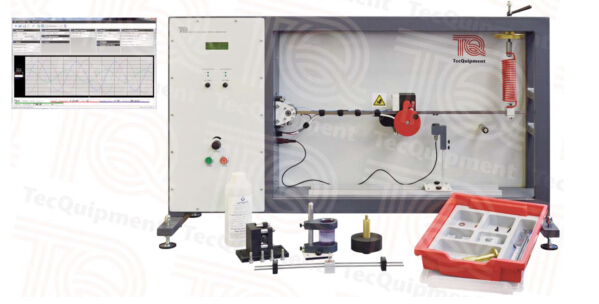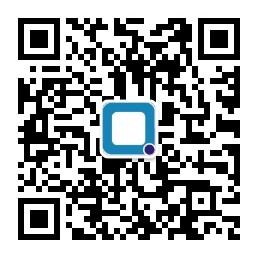Bench-top apparatus that investigates the free and forced vibrations of a rigid beam with a spring, and a simply supported beam. Demonstrates Rayleigh’s approximation and Dunkerley’s method.
Key features
• Quick and easy to set up bench-top unit to demonstrate free and forced vibrations – designed for teaching
• Two diff erent vibration systems in one self-contained unit – a ‘rigid’ beam with a spring, and a pinned-pinned (simply supported) ‘fl exible’ beam
• Non-contacting displacement sensor – for frictionless measurements
• High-quality servomotor ‘exciter’ turns an off set mass – for forced vibrations at a constant speed
• Off set mass position sensor - to show the phase relationship between applied force and displacement
• Built-in accelerometer for comparison of derived and measured acceleration waveforms
• Includes a variable-area dashpot damper, using non-toxic, stable-viscosity fl uid – for a range of damping coeffi cients • Includes TecQuipment’s Versatile Data Acquisition System (VDAS® On Board)
Description
A bench-top unit to demonstrate free and forced vibrations of two mass-beam systems:
A ‘rigid’ beam with a pivot at one end and a spring at the other – the spring provides the elasticity
2. A ‘fl exible’ pinned – pinned beam with a pivot at one end and a roller pivot at the other – the beam itself provides the elasticity
A rigid and heavy steel frame holds the systems. The frame has a low natural frequency, so the vibrations of the systems do not aff ect it. The frame has two sections: an experiment ‘window’ to the right and a control panel to the left. The experiment window contains the beam, spring and other parts used in the experiments.
TecQuipment carefully designed the equipment so that all experiments use the same beam. This gives a simple and quick system set up and changeover time. The beam is of high-grade ground steel, and the pivots use high-quality ball races for lowest friction and incidental damping.
Students may vibrate the systems manually. They may also force the vibrations using a high-quality variable speed servomotor driving a rotating off set mass - forming an ‘exciter’. The servomotor has its own encoder and advanced controller for accurate speed regulation. This gives minimal cyclical variation due to inertial load variations.
A non-contacting sensor measures beam displacement. The sensor has no physical contact with the oscillating system, for negligible damping.
An accelerometer built into the exciter assembly works to show the phase relationship between beam displacement and acceleration. It also helps to compare measured acceleration with that derived from the displacement using the software.
The unit includes a variable-area viscous dashpot damper, for use with a non-toxic fl uid (supplied) of stable viscosity. This ensures repeatable results over a range of ambient temperatures.
An encoder linked to the rotating exciter mass measures its dynamic position. This helps to measure the relationship between the applied force and the position of the beam, showing phase lag with diff erent damping values.
TecQuipment include a vibration absorber with the equipment. When fi xed to the beam it adds a second degree of freedom to the complete system. This demonstrates the typical behaviour of a two-degree of freedom (2DoF) system. Students learn how to ‘tune’ the vibration absorber to eliminate the oscillations of the main beam - a special case of a 2DoF system and an alternative method to damping.
To help store small parts and tools, TecQuipment supply a storage tray with the equipment.
The control panel houses the servomotor controller and manual controls, alongside a digital display of the motor speed in units of rev.min–1, rad.s–1 and frequency in Hz.
On the back of the Control Section is a USB socket for connecting TecQuipment’s VDAS® On Board system to a suitable PC (not supplied).
The VDAS® software includes functions to display live plots of fi rst and second derivatives, to show velocity and acceleration waveforms based on the displacement signal. Advanced features of the software allow signal smoothing, reference plots and a tool to help measure the free vibration damping coeffi cient.
Learning Outcomes
• Free and forced vibrations of a rigid beam and spring
• Free and forced vibrations of a fl exible pinned–pinned (simply supported) beam
• Using Rayleigh’s approximation to predict vibration frequency
• Frequency of oscillation and varying mass
• Finding the ‘beam only’ frequency using Dunkerley’s method
• Phase diff erence between displacement, its derivatives and measured acceleration
• Damped free and forced oscillations and damping coeffi cient
• Phase relationship between the applied force and beam position for diff erent damping values
• Demonstration of a two-degree of freedom (2DoF) system
• Demonstration of an undamped vibration absorber


